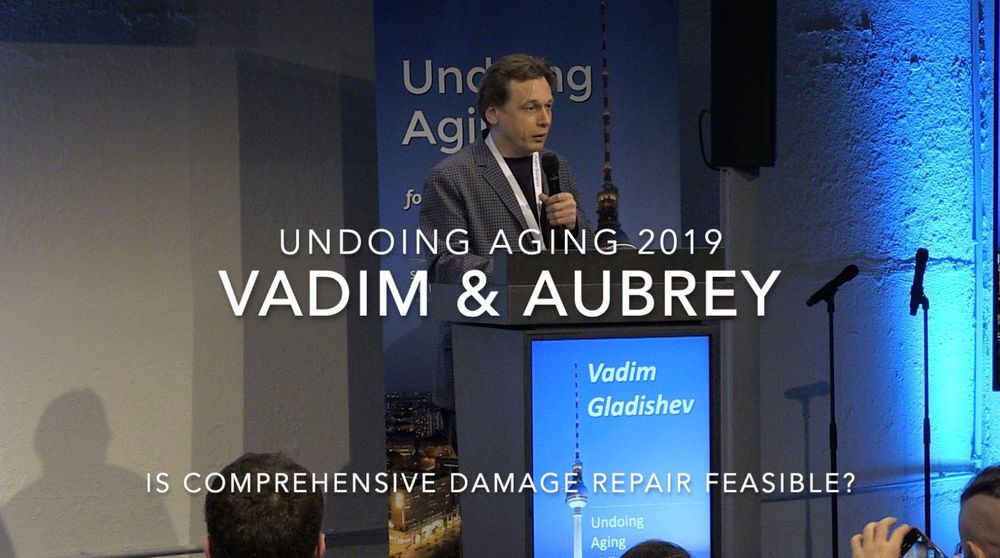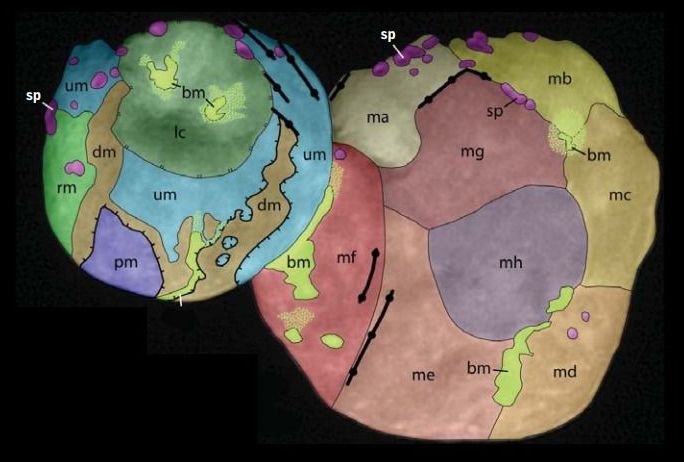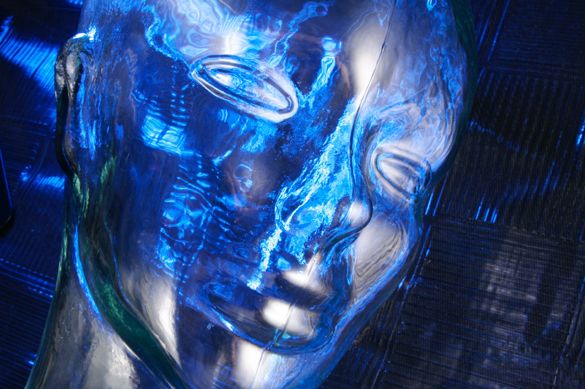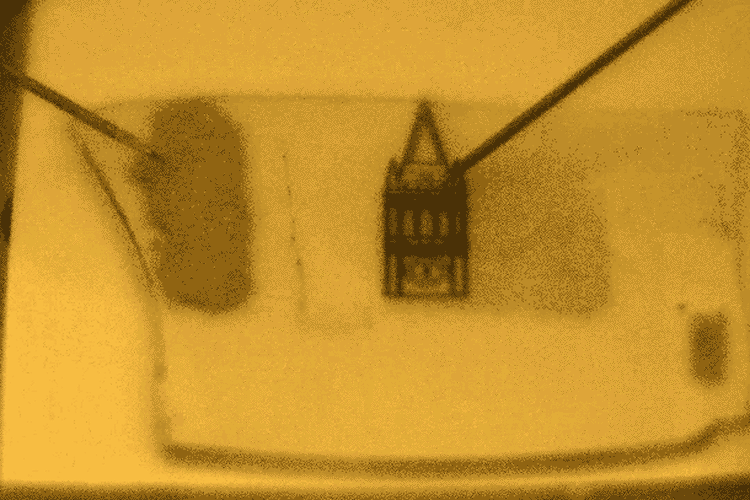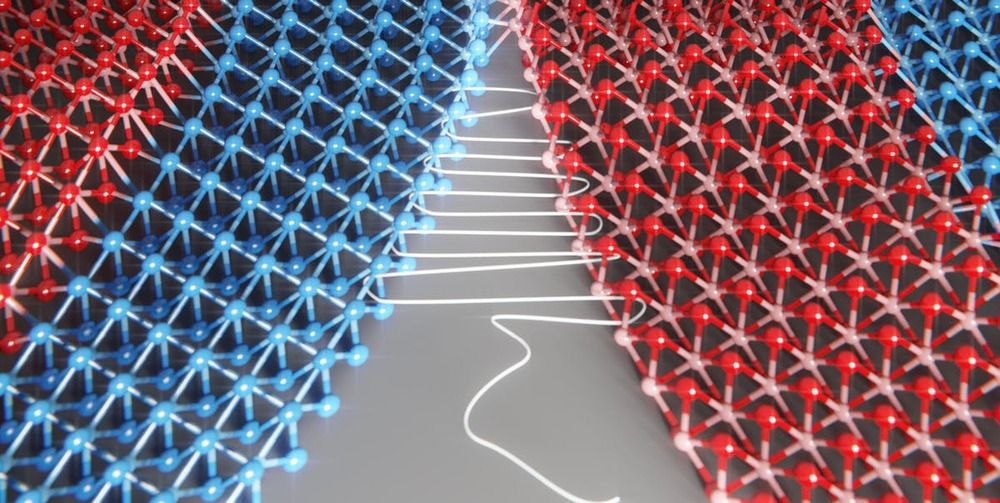May 17, 2019
From the Farside –“Ripples in Spacetime Created By Wormholes Leading to Another Universe”
Posted by Quinn Sena in categories: cosmology, physics
In June of 2018 we posted that a team of physicists explored the possibility that the black holes we ‘observe’ in nature are no such thing, but rather some type of exotic compact objects (ECOs) that do not have an event horizon. The scientific collaborations LIGO and Virgo have detected gravitational waves from the fusions of two black holes, inaugurating a new era in the study of the cosmos. But what if those ripples in space-time were produced wormholes that can be traversed to appear in another universe.
“Wormholes do not have an event horizon, but act as a space-time shortcut that can be traversed, a kind of very long throat that takes us to another universe,” says Pablo Bueno from KU Leuven University (Belgium). “The confirmation of echoes in the LIGO or Virgo signals would be a practically irrefutable proof that astrophysical black holes don’t exist. Time will tell if these echoes exist or not. If the result were positive, it would be one of the greatest discoveries in the history of physics.”
“Dark Hearts of the Cosmos” –Dazzling New Mergers of Black Holes and Neutron Stars Announced



